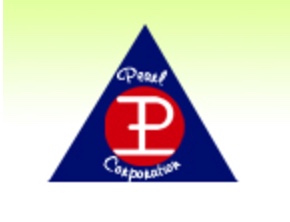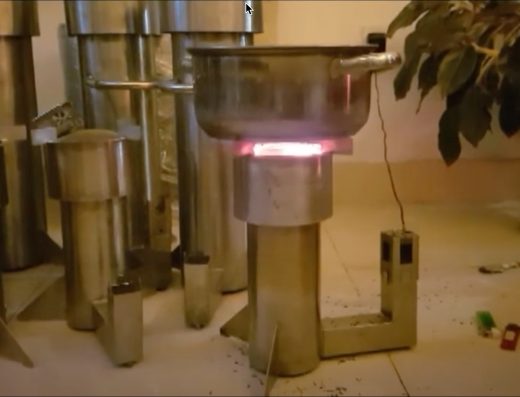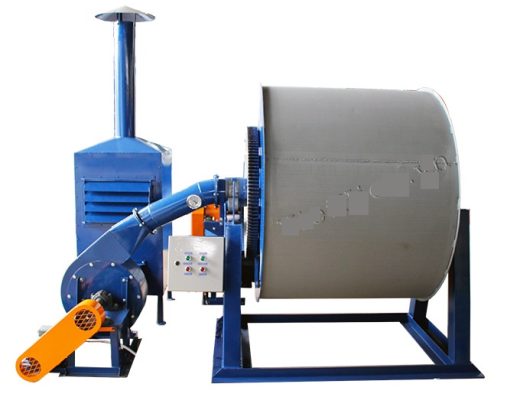Vietnam – International ESG & Sustainability Alliance
- New Condition
- +84979204338 Phone
- inquiry@esg.edu.vn Email
In recent years, climate change has created severe impact in Southeast Asia with 3 of its largest cities (Bangkok, Hochiminh, Jakarta) projected to be under water by 2050. Land use and agriculture accounted to almost 50% of the carbon emission in the region. And cutting down mangrove forest for shrimp farming have been one of these sectors’ most painful problem. Between 1945-2019, Vietnam has lost 62.5% (250,000ha) of its mangrove forest.
Problem
Shrimp farming in Vietnam is a $9B/year industry but remains inefficient and highly polluted:
. A ton of shrimp production accounted to 14 tons of Greenhouse Gas emission footprint.
. Intensive shrimp farming (“non industrialized”) suffers from very high feed cost (50-70% on total cost) and high fatality rate ( 20-50% caused by low quality “seedling” and low immunity).
. Extensive shrimp farming (“industrialized”) suffers from low production (1-2% of intensive farming) due to untreated water and degraded pond site. Local farmers who are slow on technology adoption often choose to find new pond every couple years (by cutting down mangrove forest).
Solution
Our proprietary solution uses red seaweed to help shrimp farmers reduce cost & increase income, while minimizing harmful environmental impact from traditional shrimp farming methods.
Our products offer the following benefits:
+ Act as a biofilter; reducing over 80% of ammoniac, nitrite, nitrate, phosphate in water
+ Increase dissolved oxygen concentration between 25-55%
+ Improve animal shell calcification by 25%, making shell shredding easier
+ Reduce feed by 20% combined
+ Improve shrimp’s immunity against WSSV & V. parahaemolyticus, and increase survival rate
+ Seaweed can sequester up to 57.64 mt of CO2/ha/year – Other references.
Products
1.Seaweed cultivation technology
+ Act as a biofilter; purify water,
+ Increase dissolved oxygen in water,
+ Making shrimp shell shredding easier,
+ Reduce feed, improve shrimp diet,
+ Improve shrimp’s immunity against diseases.
2.Seaweed supplement feed
+ Making shrimp shell shredding easier,
+ Reduce feed, improve shrimp diet,
+ Improve shrimp’s immunity against diseases.

Seaweed cultivation technology
A system of long lines coated in red seaweed culture, attached to plastic buoys over the surface of filter tank (intensive farms) or directly in shrimp pond (extensive farms) would help to purify wasted water, provide shelter and improve shrimp diet. It’s a one time setup and grow at 2-5% a day.
Tissue culture, cultivation technology and supplement feed mix will be developed by our in-house team under supervision of the advisors.

Climate Effect
- Seaweed integrated technology
Seaweed can sequester up to 57.64 tons of CO2/ha/year (about 30% of seaweed wet weight biomass). In the shrimp farming environment with water level not exceeding 1.2m, we’re aiming at 33-35 tons of wet weight harvest per ha, to sequester about 10 tons of CO2/ha/year on seaweed biomass alone.
On the other hand, preventing farmer from cutting down mangrove forest (in extensive farming) as well as saving water & power use for daily water exchange can triple the number above.

2. Seaweed supplement feed
Dried red seaweed (mostly Gracilaria) processed into shrinking pellets that can be mixed up at 5% ratio with regular feed (in intensive farms) would improve shrimp’s growth rate, improve their immunity against diseases and reduce feed by up to 10%.
The product can help increase survival rate of shrimp to 90-95% and production volume by 12%, helping intensive shrimp farmer making an extra $15,000/ha/season or $45,000/ha/year.

Current GHG emission footprint is over 14 tons of CO2 per 1 ton of shrimp produced (2nd highest in all aquaculture sectors), in which feed contribute 45%. In intensive shrimp farming at 3 seasons/ha/year and 20 tons of shrimp produced per season, it generated 378 tons of CO2/ha/year.
100% of feed ingredients are still imported today. As we grow and supply local grown seaweed to feed manufacturer, replacing 20% of these ingredients will help cutting down 75 tons of CO2/ha/year.

Solution
BUSINESS CASE: Shrimp farmers make more income with an additional revenue stream of seaweed harvest, on top of the increased shrimp production as the result of improved survival rate; adding up to a total of 42.5% of annual income to extensive shrimp farmers and 13.3% to intensive shrimp farmers.

Vietnam is the world’s 2nd largest shrimp producer with 750,000ha of farms
We target local extensive farmer communities (E) and intensive shrimp farming companies (I) in 6 largest shrimp farming provinces in the Mekong Delta region, with the following breakdown:
TAM: $1.8B
115,000ha intensive + 635,000ha extensive
SAM: $327M
30,389ha intensive + 142,287ha extensive (30% TAM)
SOM: $98M (30% SAM – 7% of TAM)
9,252ha intensive (3 seasons) + 42,686ha extensive

Business Model
Rongbient will start by 1) renting red seaweed seedling & technology to farmer at affordable pricing (to both intensive & extensive farms). As they grow out & harvest the seaweed, we then 2) buy back dried seaweed and process them into supplement feed, which 3) then be sold to intensive shrimp farms (mostly).
As our red seaweed supply grows, we can then 4) sell seaweed materials to relevant industries and trading credits on carbon offset.

Revenue
Cultivation technology
Annual per ha cost at $1,000 for renting the system with yearly maintenance, it shall be replaced every 5 years. Harvested seaweed is bought from the farmers at $400-500/dry ton.
Supplement feed
US$2 per kg of supplement feed on an average mix of 5% supplement feed/kg of feed. Intensive farms use over 20 tons of feed / ha / season; at 3 seasons / year, we generate $6,000 / ha / years in revenue.

Distribution

Competitors
Our competitors are split into 2 groups
+ Indirect competitors: animal feed conglomerates with the need to offset their carbon, change their ingredients and currently have no seaweed supply.
+ Direct competitors: biotech startups offering animal feeds from their own seaweed farm, putting themselves in direct competition with animal feed companies with low adoption from farmers for switching to a new feed type.

Financial Ask – Tractions
We’re looking for US$300,000 in pre-seed capital for 12 months runway. The fund will be used to build a small factory (handling 500 tons/year) to roll out our first commercial products in the next 3 months and get to product-market fit. Here’re what we currently have:

Financial Forecast
We’re aiming at acquiring almost 500ha in 2024 to grow seaweed, in which 40% are intensive farms who will be using our supplement feed.
This seaweed cultivation area will help sequestering an average 10 tons of CO2/ha/year (on seaweed biomass only), making it a total of nearly 5,000 tons of CO2. Seaweed is considered blue carbon, currently traded at $35/credit and expected to reach $100/credit in 2030.

Carbon Market Trends
Driven by demand, the Voluntary Carbon Market is growing both in size as well as in price per credit.
+ “Global demand for voluntary carbon credits could increase by a factor of 15 by 2030 and a factor of 100 by 2050.” – McKinsey
+ “Carbon offsets price may rise 3,000% by 2029.” – Bloomberg
+ “Offset prices range from $11-$215/ton in 2030, up from just $2.50 on average in 2020, before narrowing to $47-$120/ton in 2050.” – Bloomberg

Seaweed, considered blue carbon (seagrass, seaweed, tidal marshes, mangrove) is currently traded at around $27-$35/credit, 3X higher than most average carbon credits on the market due to its CO2 capture nature.
+ “The voluntary carbon-offset market is expected to grow from $2 billion in 2020 to around $250 billion by 2050” – Morgan Stanley
+ Voluntary Carbon Markets may reach $250B by 2030 – Accenture

Roadmap






